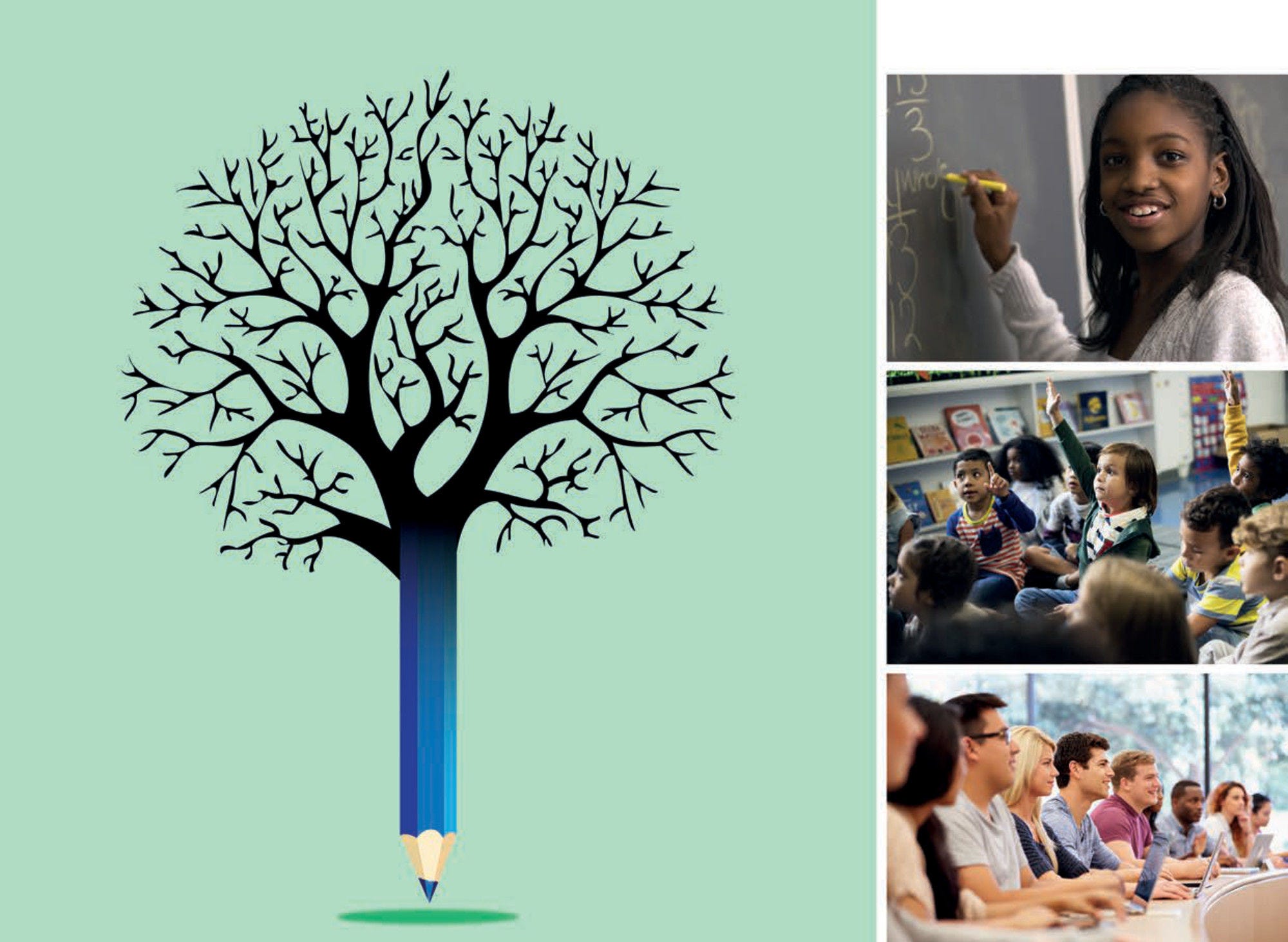Schools in Canada have similar disciplinary climates in science lessons compared to other OECD countries, according to students’ reports in the Programme for International Student Assessment (PISA) 2015, with an index of disciplinary climate of -0.01 (the OECD average index value was 0.00). Student truancy in Canada was below the OECD average: 17.8% of 15-year-olds reported skipping at least one day of school in the two weeks before the PISA 2015 test, compared to the OECD average of 19.7%. However, students in Canada were among those most likely to report that their science teachers adapt their instructions more frequently than the OECD average, with an index of adaptive instruction of 0.26 (the OECD average index value was 0.01) (OECD, 2016[1]).
The PISA 2015 index of instructional educational leadership in Canada (measuring the frequency with which principals report doing leadership activities specifically related to instruction) was among the highest reported in the OECD at 0.58 (the OECD average was 0.01) (OECD, 2016[1]). In 2017, net teaching hours for general programmes in Canada were close to the OECD average. Teachers annually taught for 798 hours at primary level and 745 hours at lower secondary level, compared to OECD averages of 784 and 696 hours, respectively (OECD, 2018[2]). According to the OECD Teaching and Learning International Survey (TALIS) 2018, 86% of teachers in Alberta (Canada) said that if they could choose again, they would still become a teacher; this was higher than the OECD average of 75.6%. Furthermore, 62.7% of teachers in Alberta (Canada) felt that the teaching profession was valued in society, compared to an OECD average of 25.8% in 2018 (OECD, 2019[3]). According to school principals’ self-reports in PISA 2015, schools in Canada have lower levels of autonomy over curriculum compared to the OECD average: school autonomy levels over curriculum were among the lowest in the OECD: 62.9% of principals reported that the school had primary autonomy over curriculum compared to the OECD average of 73.4% (OECD, 2016[1]).
School leaders in Canada are less likely than the OECD average to report that self-evaluations are used in their schools (85.8% of students were in schools whose principal reported this compared to the OECD average of 93.2%) and also less likely than the OECD average to report that external evaluations are used in their schools (63.7% of students were in schools whose principal reported this, compared to the OECD average of 74.6%). The share of students enrolled in secondary schools in Canada whose principal reported that standardised tests are used to make decisions on students’ promotion or retention was 49.3%, which was higher than the OECD average of 31.3%, as reported in PISA 2015 (OECD, 2016[1]).
In 2017, local governments in Canada had full autonomy when making decisions related to resource management (allocation and use of resources for teaching staff and principals) compared to 18% on average across the OECD, where the highest level of autonomy (29%) went to schools. In 2015, expenditure on primary to tertiary education in Canada as a proportion of gross domestic product (GDP) was 6%, which was above the OECD average of 5%. The proportion coming from private sources (including household expenditure, expenditure from other private entities and international sources) was higher than the OECD average (26.5%, compared to 16.1%). Between 2010 and 2015, the relative proportion of public expenditure on primary to tertiary education in Canada decreased by 3.8 percentage points, a bigger decrease than the OECD average of 1.3 percentage points. During the same period, private expenditure on education in Canada increased by 12.2 percentage points, compared to an OECD average increase of 10.6 percentage points (OECD, 2018[2]).
